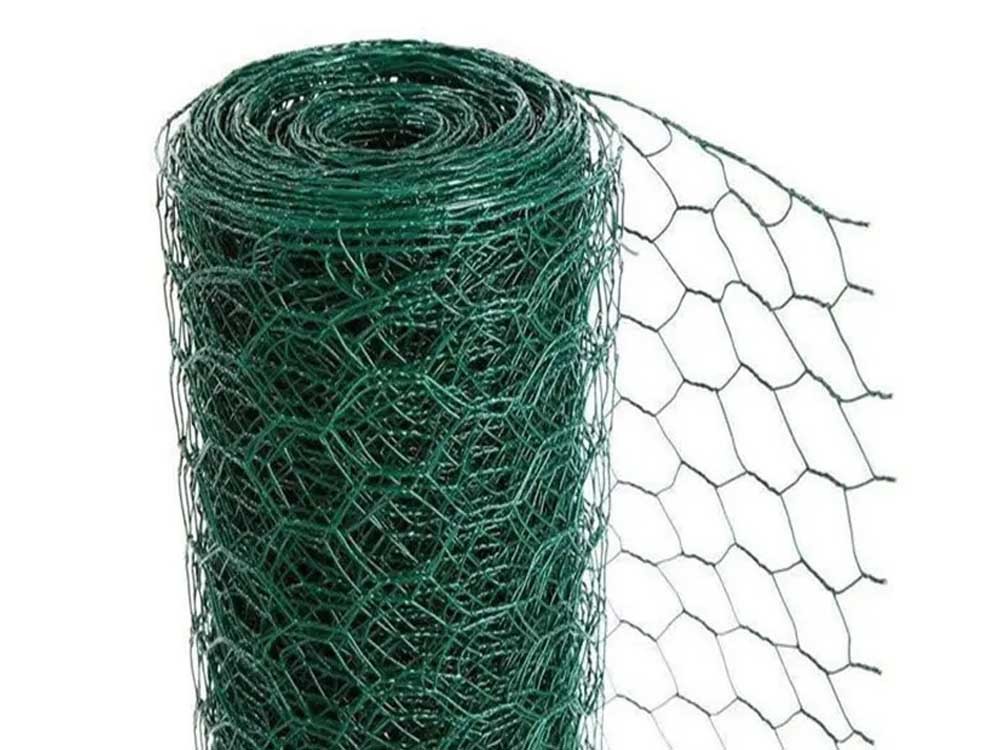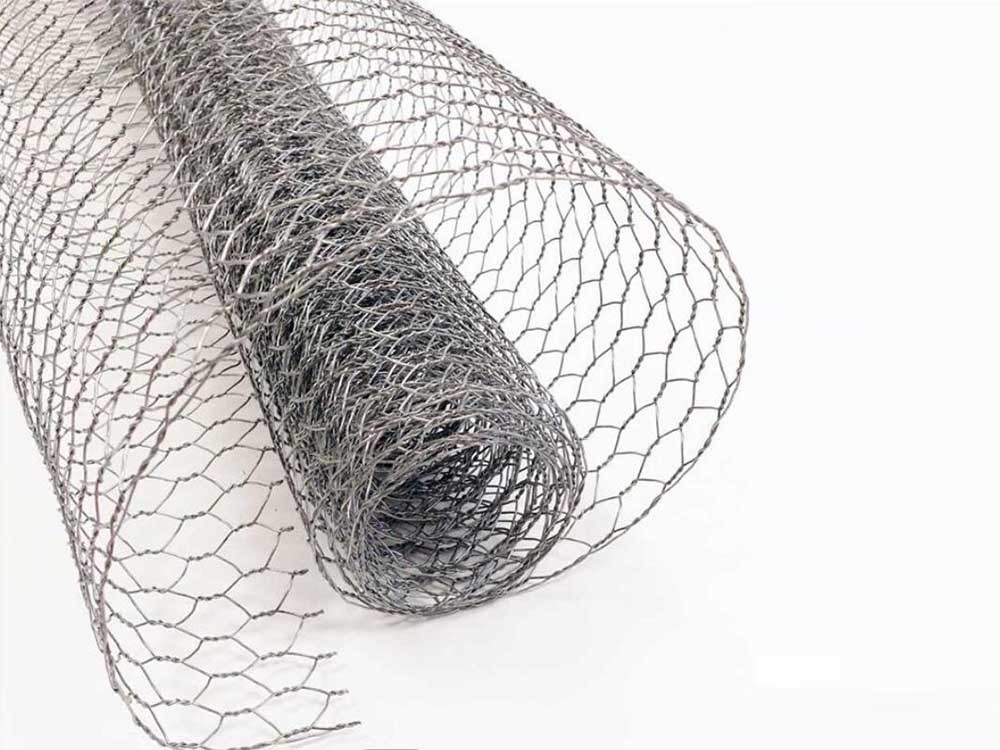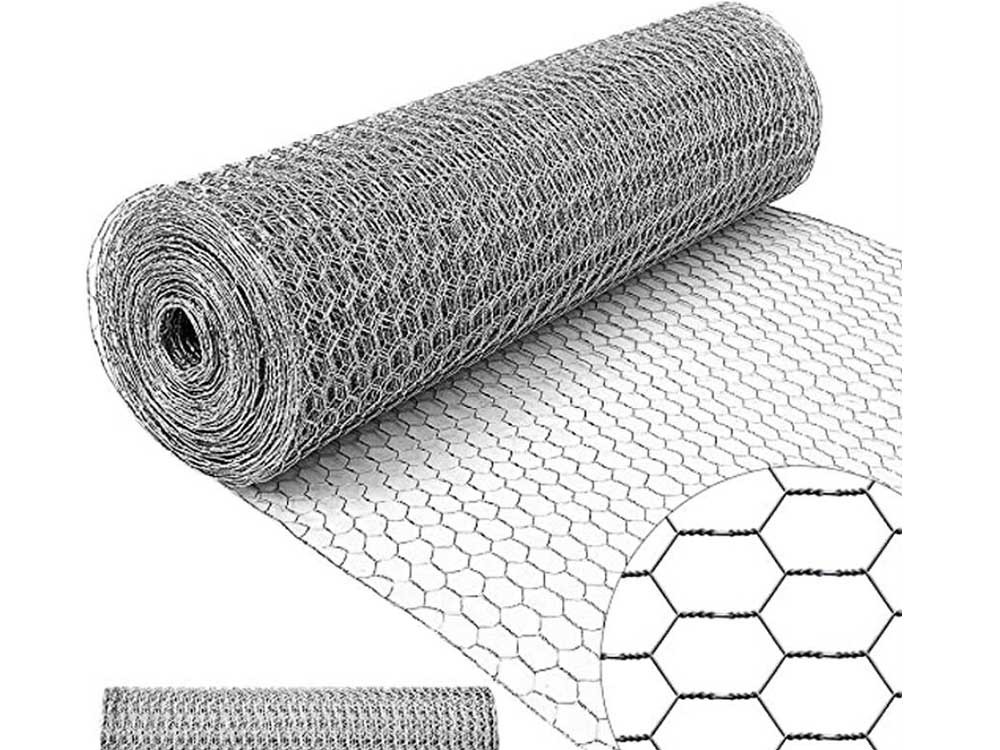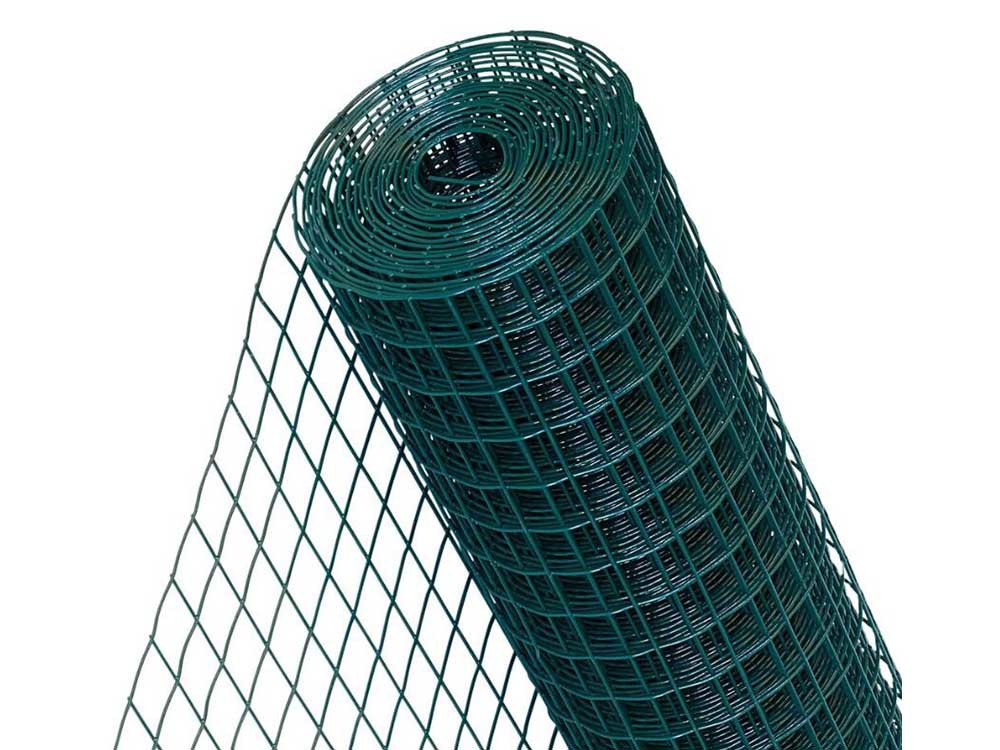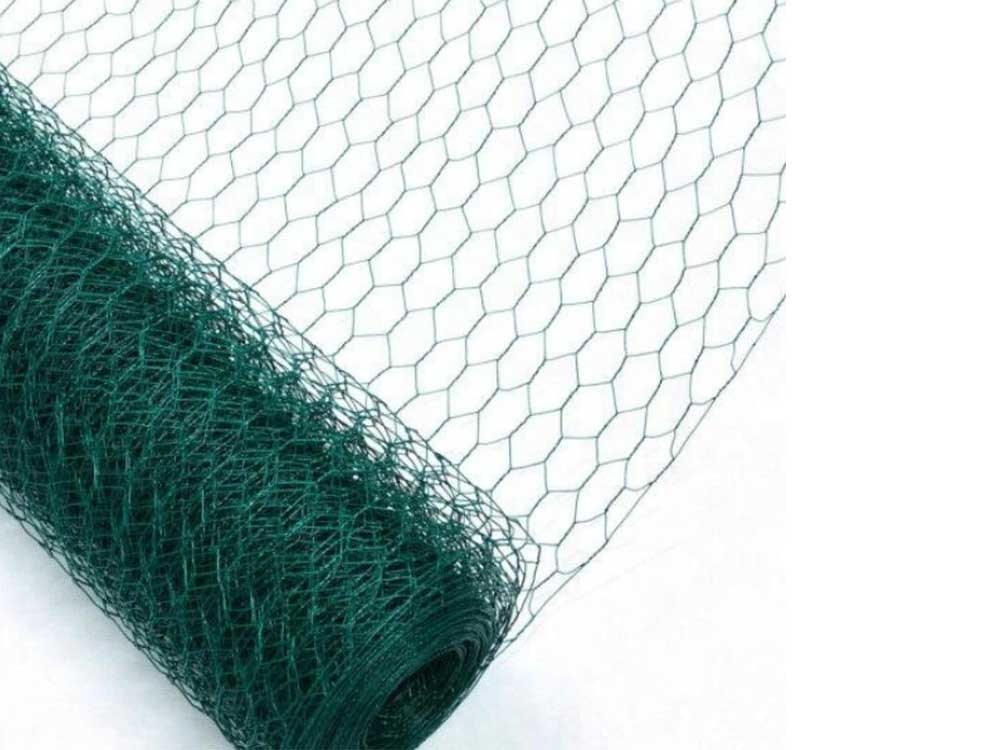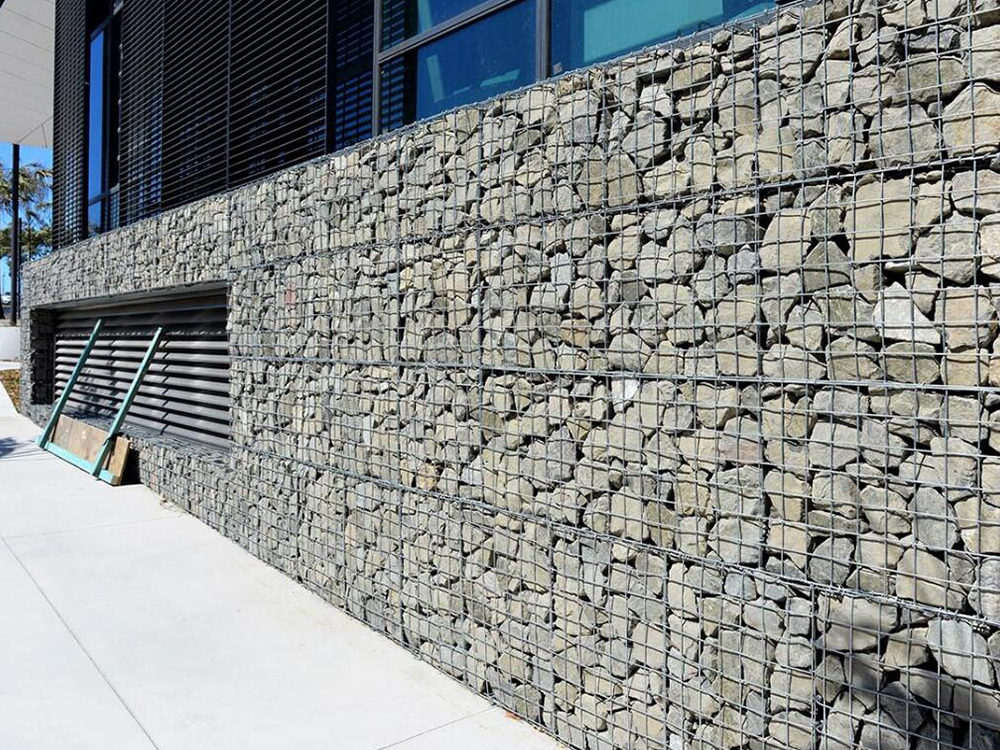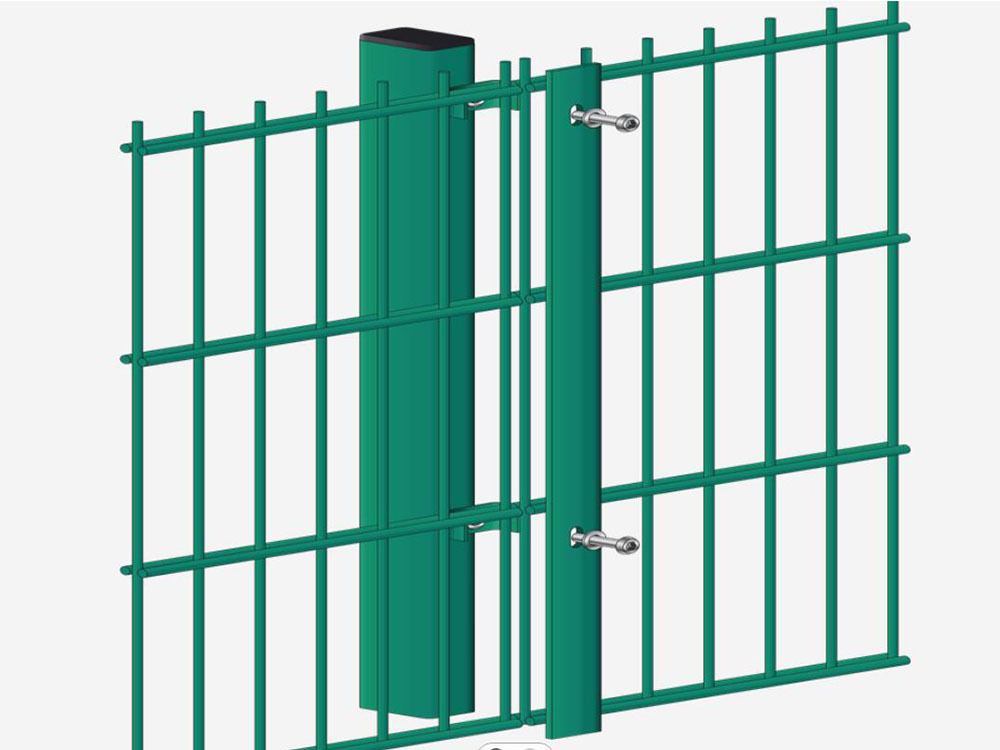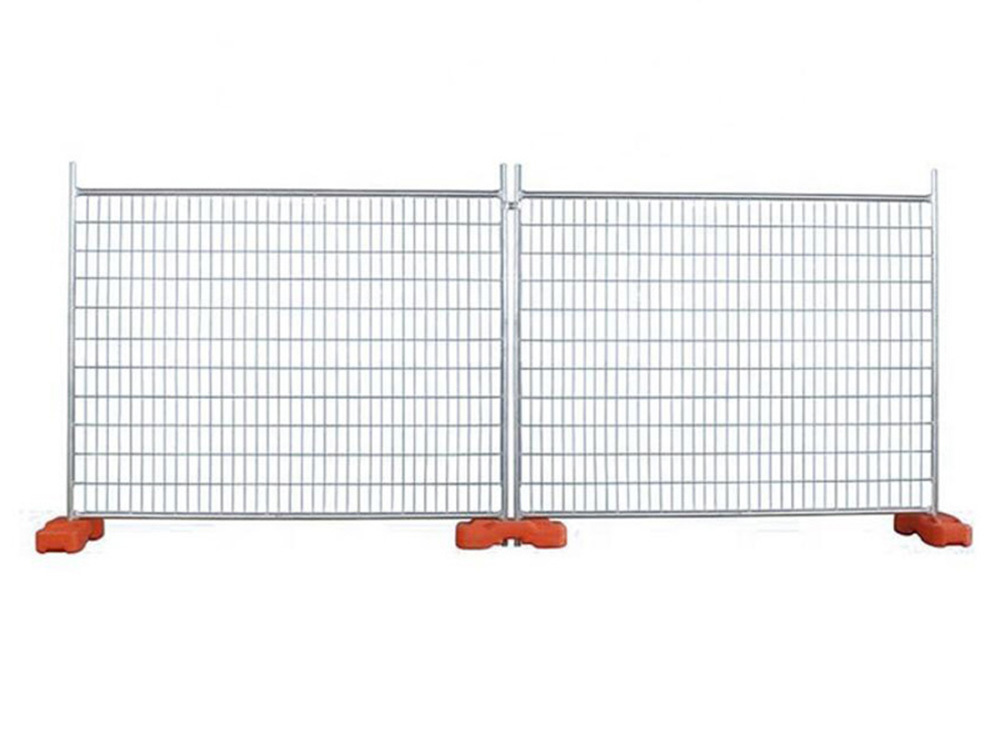Essential Insights on Livestock Fence Panels: Key Considerations for Your Agricultural Needs
Release Time:
May 17,2025
When it comes to managing livestock, having a reliable fence is non-negotiable. Livestock fence panels are essential tools in agriculture, providing boundary definition, security, and protection for both animals and crops. These panels are designed to withstand the rigors of agricultural life while ensuring that your livestock remain safe and contained. **Types of Livestock Fence Panels** There ar

When it comes to managing livestock, having a reliable fence is non-negotiable. Livestock fence panels are essential tools in agriculture, providing boundary definition, security, and protection for both animals and crops. These panels are designed to withstand the rigors of agricultural life while ensuring that your livestock remain safe and contained.
**Types of Livestock Fence Panels**
There are several types of livestock fence panels to consider, each tailored to specific needs. The most common materials used include steel, wood, and vinyl, each offering unique benefits. Steel panels are durable and resistant to harsh weather conditions, making them suitable for long-term use. Wooden panels, while aesthetically pleasing, may require regular maintenance to prevent rot and decay. Vinyl panels offer a low-maintenance alternative that is resistant to pests and harsh environmental factors.
**Key Features to Look For**
When selecting livestock fence panels, consider the height, spacing, and overall strength of the panels. The height of the fence should be sufficient to prevent livestock from jumping over, while the spacing between horizontal supports should be narrow enough to prevent smaller animals from slipping through. Additionally, look for panels that have reinforced joints or additional support to enhance strength and durability.
**Installation Tips**
Proper installation is crucial for the effectiveness of livestock fence panels. Begin by selecting the right location that provides a level ground, ensuring the panels are placed firmly in the ground to prevent movement. Use high-quality posts to support the panels, and ensure they are anchored securely. Regular checks and maintenance of the fence panels will help identify any wear or damage, allowing for timely repairs and ensuring the safety of your livestock.
**Benefits of Using Livestock Fence Panels**
Investing in appropriate livestock fence panels can lead to improved management of your agricultural operations. Besides keeping your livestock contained, these panels can also serve as a deterrent against predators. Additionally, well-constructed fences can enhance the aesthetic value of your property while promoting better land use and organization.
In conclusion, livestock fence panels are an integral part of livestock management in agriculture. By understanding the different types available, their features, and installation methods, you can make an informed decision that best suits your needs. Whether you are a seasoned farmer or a newcomer to livestock management, choosing the right fence panels is essential for the safety and efficiency of your farming operations. Prioritize quality and durability in your selection process, and ensure that your livestock remain safe and secure within their designated areas.
**Types of Livestock Fence Panels**
There are several types of livestock fence panels to consider, each tailored to specific needs. The most common materials used include steel, wood, and vinyl, each offering unique benefits. Steel panels are durable and resistant to harsh weather conditions, making them suitable for long-term use. Wooden panels, while aesthetically pleasing, may require regular maintenance to prevent rot and decay. Vinyl panels offer a low-maintenance alternative that is resistant to pests and harsh environmental factors.
**Key Features to Look For**
When selecting livestock fence panels, consider the height, spacing, and overall strength of the panels. The height of the fence should be sufficient to prevent livestock from jumping over, while the spacing between horizontal supports should be narrow enough to prevent smaller animals from slipping through. Additionally, look for panels that have reinforced joints or additional support to enhance strength and durability.
**Installation Tips**
Proper installation is crucial for the effectiveness of livestock fence panels. Begin by selecting the right location that provides a level ground, ensuring the panels are placed firmly in the ground to prevent movement. Use high-quality posts to support the panels, and ensure they are anchored securely. Regular checks and maintenance of the fence panels will help identify any wear or damage, allowing for timely repairs and ensuring the safety of your livestock.
**Benefits of Using Livestock Fence Panels**
Investing in appropriate livestock fence panels can lead to improved management of your agricultural operations. Besides keeping your livestock contained, these panels can also serve as a deterrent against predators. Additionally, well-constructed fences can enhance the aesthetic value of your property while promoting better land use and organization.
In conclusion, livestock fence panels are an integral part of livestock management in agriculture. By understanding the different types available, their features, and installation methods, you can make an informed decision that best suits your needs. Whether you are a seasoned farmer or a newcomer to livestock management, choosing the right fence panels is essential for the safety and efficiency of your farming operations. Prioritize quality and durability in your selection process, and ensure that your livestock remain safe and secure within their designated areas.
Keywords:
More information



